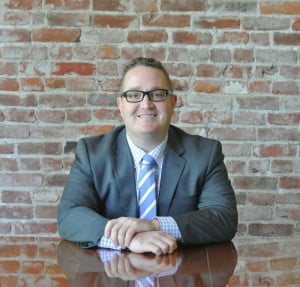On November 18, 2014, the United States Court of Appeals for the Seventh Circuit issued an opinion in Strauss v. Chubb Indem. Ins. Co., — F.3d —, 2014 WL 6435314 (7th Cir. 2014), addressing coverage for a continuous loss under a first-party property insurance policy. In October 2010, the insureds discovered that water infiltration had been damaging their home. It was determined that the water damage was ongoing and progressive, beginning around the time of construction and continuously occurring with each rainfall. The insureds built their home in 1994 and insured it continuously with the insurance company through 2005, when they began insuring the home with another company. Upon learning of the continuing nature of the loss, the insureds submitted a claim for the discovered damage.
The applicable insurance policies that covered the home from 1994 through 2005 provided that coverage was limited “only to occurrences that take place while the policy is in effect.” The term “occurrence” was defined in the policy as “a loss or accident to which this insurance applies occurring within the policy period. Continuous or repeated exposure to substantially the same general conditions unless excluded is considered one occurrence.” The insurance company denied the claim on the grounds that (1) the damage was not discovered during the applicable policy periods, and (2) any legal action was time barred under the Wisconsin statute of limitations and the “suit against us” provision in the policies.
The insureds filed suit in October 2011, within one year of discovering the loss, alleging the insurance company incorrectly denied coverage. The parties filed cross-motions for summary judgment on the coverage issue. The court concluded that the insured was entitled to coverage, finding that the “continuous” trigger theory applied to the “occurrence-based” policy because it covered ongoing losses. In addition, the court found that the insureds’ claim was not time-barred because the “continuous” trigger theory applied. The insurance company appealed to the U.S. Seventh Circuit Court of Appeals.
The court of appeals began its coverage analysis by describing the various coverage theories advanced by the parties. The insurance company argued that the “manifestation” trigger theory applied. It holds that only the insurer that bears the risk at the time the loss manifests or can be discerned is liable. The insureds relied on the “continuous” trigger theories, which states that, in the context of a progressive loss, all policies in effect from the time the loss begins until it manifests owe coverage. The insurance company urged the court to adopt a bright-line rule that the continuous trigger theory be limited to third-party liability policies, and require that the manifestation trigger theory apply in all first-party insurance coverage disputes. The court of appeals rejected the insurance company’s invitation to adopt the rule. Rather, it held that the policy language—which controlled the analysis under Wisconsin law—dictated that the continuous trigger theory applied to the loss, and that the insured was entitled to coverage. In addition, the court found that the insureds’ claim was not time barred because the policy language deviated from the applicable statute (permitting an insurer to limit claims within one year of “inception” of the loss) and, instead, allowed the insured to bring action within one year of the time the loss occurs (which the court determined was ambiguous when applied to progressive losses).
MLR attorneys regularly advise clients on coverage issues relating to triggering language. Please contact us with any questions about this matter or any other case you see addressed on the Insurance Coverage Blog.



